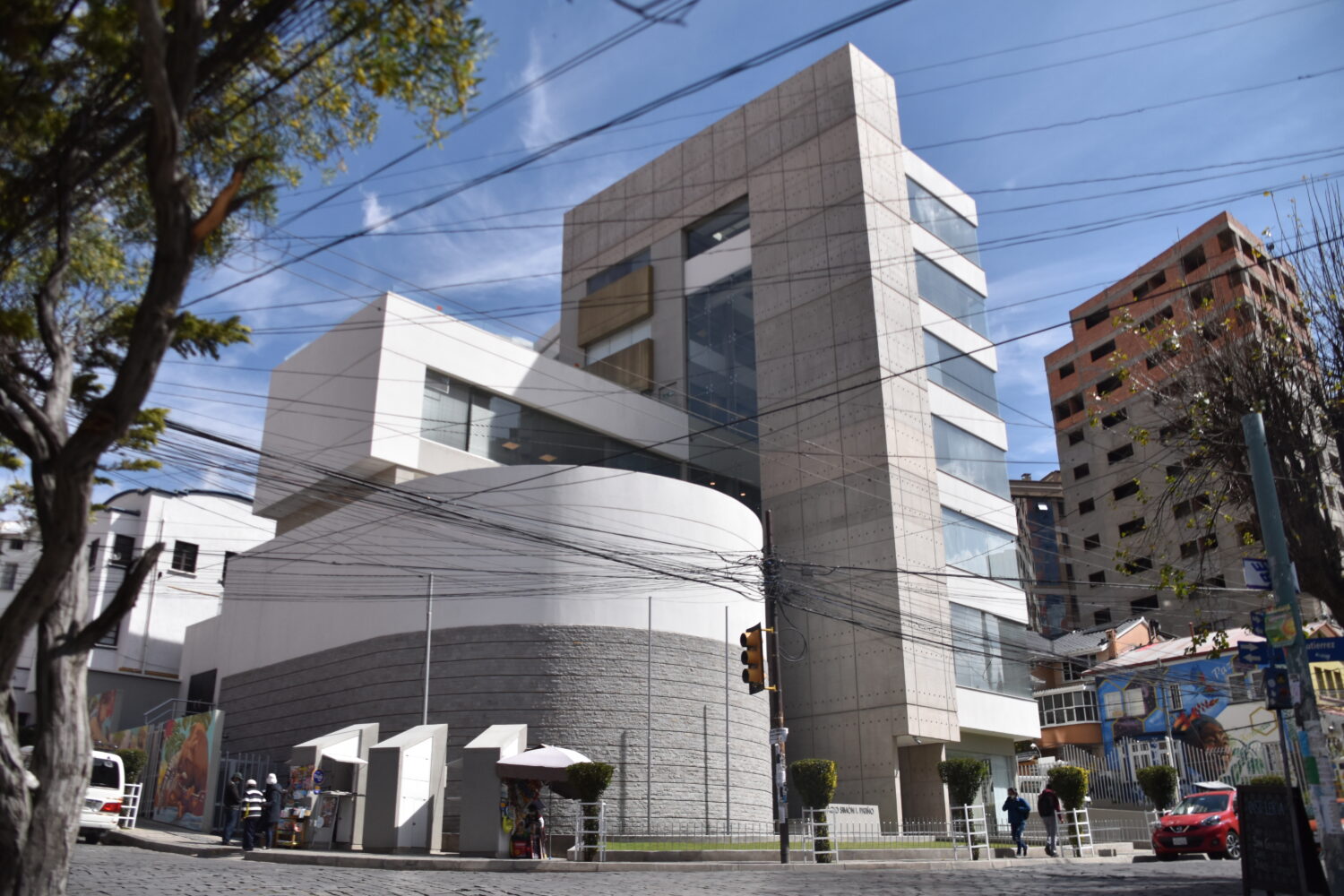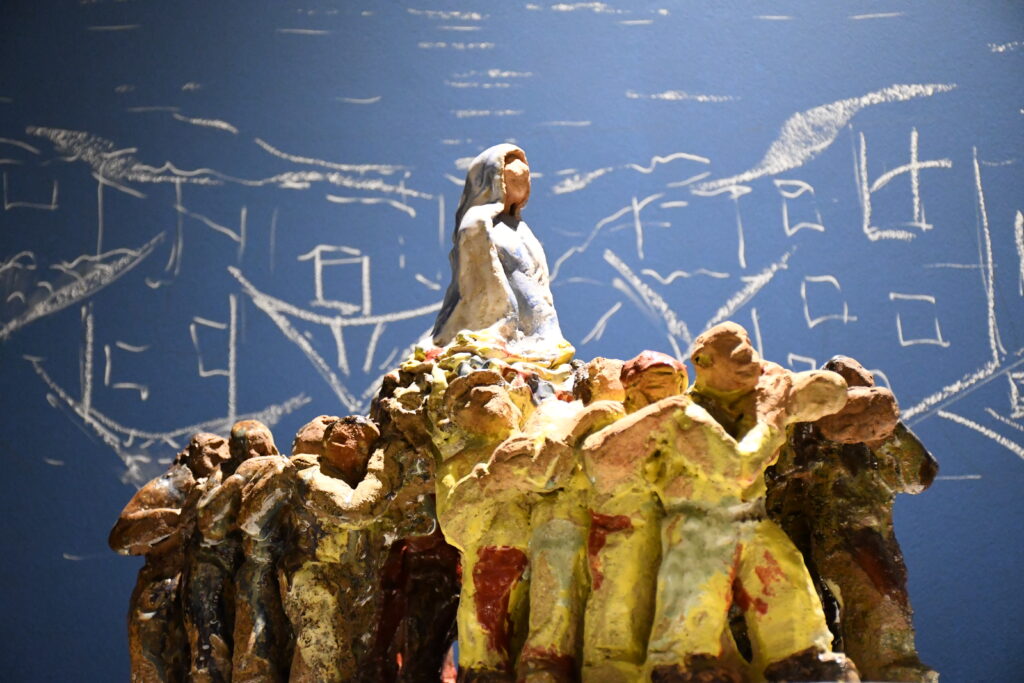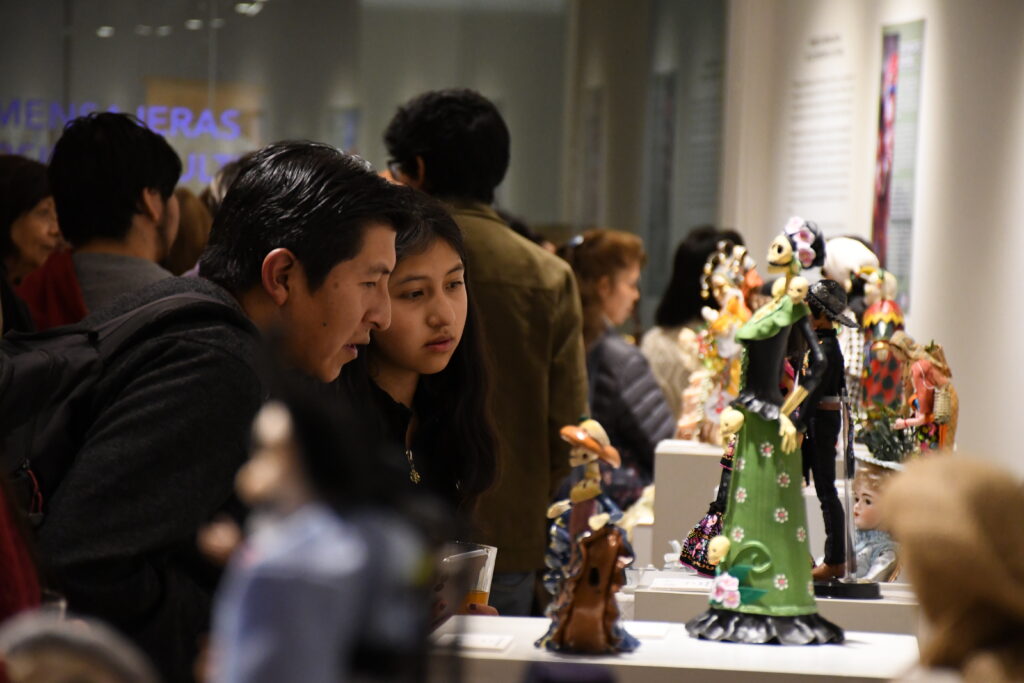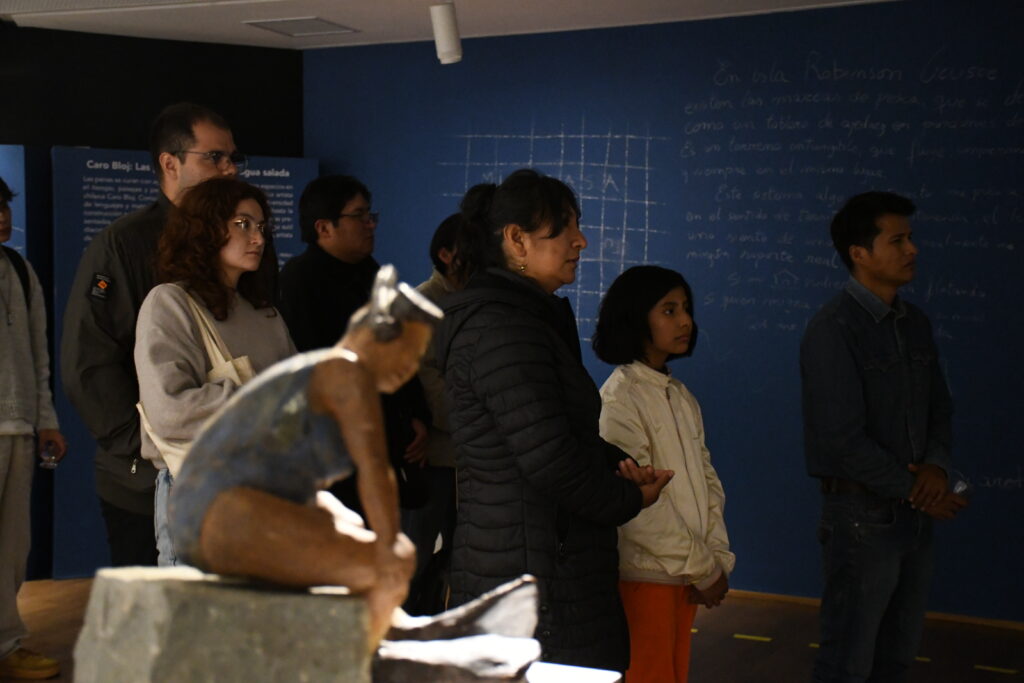La Paz

In the heart of La Paz, the Espacio Simón I. Patiño is a space for culture, transmission and creation. Since 1984, it has celebrated Bolivia’s artistic heritage while opening its doors to contemporary forms. Through exhibitions, education and research, this centre run by the Patiño Foundation supports emerging talents and fosters dialogue between tradition and innovation.
The Espacio Simón I. Patiño is a renowned cultural centre located in the Sopocachi neighbourhood of La Paz. Created in 1984 by the Simón I. Patiño Foundation, it has become over the decades an essential part of Bolivia’s artistic and cultural landscape. At the crossroads of tradition and contemporary creation, the space reflects the Foundation’s commitment to a culture that is accessible, vibrant and meaningful.

The story of the Espacio Simón I. Patiño begins on September 14, 1984, in the Alameda building on El Prado Avenue. From the outset, it was open to artists and cultural initiatives. In 1996, the centre moved permanently to the Guayaquil building on Ecuador Street in Sopocachi. This change marked a new chapter in its development and allowed the expansion of its activities.
Initially focused on occasional exhibitions, the centre gradually evolved into a multidisciplinary space. Today, it hosts several specialised centres that strengthen its role in artistic dissemination, cultural education and research in the humanities.

The Espacio regularly organises exhibitions of contemporary art, photography and painting. These events give valuable visibility to Bolivian creative work, while fostering exchange with international artists. The centre also supports artistic research, encouraging publications and collaborative projects.
Founded in 2001, the Centre for Documentation on Latin American Arts and Literatures (CEDOAL) is a unique resource in Bolivia. It houses specialised publications and rare archives on the continent’s cultural expressions. A dedicated library is open to researchers, students and enthusiasts.
Since 2008, the Centre for Pedagogical Action (CAP) has offered workshops for children, teenagers and adults. Its activities span various fields: reading, creative writing, graphic arts and illustration. CAP also runs programmes for teachers to encourage innovative educational approaches centred on artistic expression and critical thinking.
Opened in 2003, the Comic Centre is a pioneering initiative in Bolivia. Entirely devoted to comics and illustration, it promotes this art form among younger generations through workshops, exhibitions and cultural events, positioning it as a tool for expression and storytelling.
In 2013, the Espacio launched the C-Musical, a space dedicated to Bolivian music. It preserves a vast audio collection of traditional and contemporary recordings. Concerts, recitals and performances are regularly hosted, enriching the local cultural scene.
Each year, more than 35,000 visitors take part in the activities offered by the Espacio Simón I. Patiño. The centre acts as a bridge between traditional and contemporary artistic forms, encouraging dialogue, reflection and creativity. It also supports artists through competitions like “Libro Álbum” and residency programmes that enhance their visibility and development.

A new building is currently under construction on Ecuador Avenue in Sopocachi. The future site will modernise the existing facilities and better meet audience expectations. It will include:
This project reflects the Foundation’s commitment to long-term cultural engagement, innovation and inclusion.
The Espacio Simón I. Patiño embodies the cultural mission of the Foundation: connecting heritage and creation, passing on knowledge, and opening up new perspectives. By valuing all forms of art, fostering intellectual growth, and promoting access to culture, it continues to play a vital role in Bolivia’s cultural scene.
35,000+ visitors per year
35000
5 thematic centres
5
1 building under construction to enhance accessibility and innovation
1
By supporting the Espacio Simón I. Patiño, you help promote Bolivian culture in all its forms. Each donation helps develop exhibitions, educational workshops, and living archives. You contribute to passing on a heritage that is open, inclusive, and future-oriented.